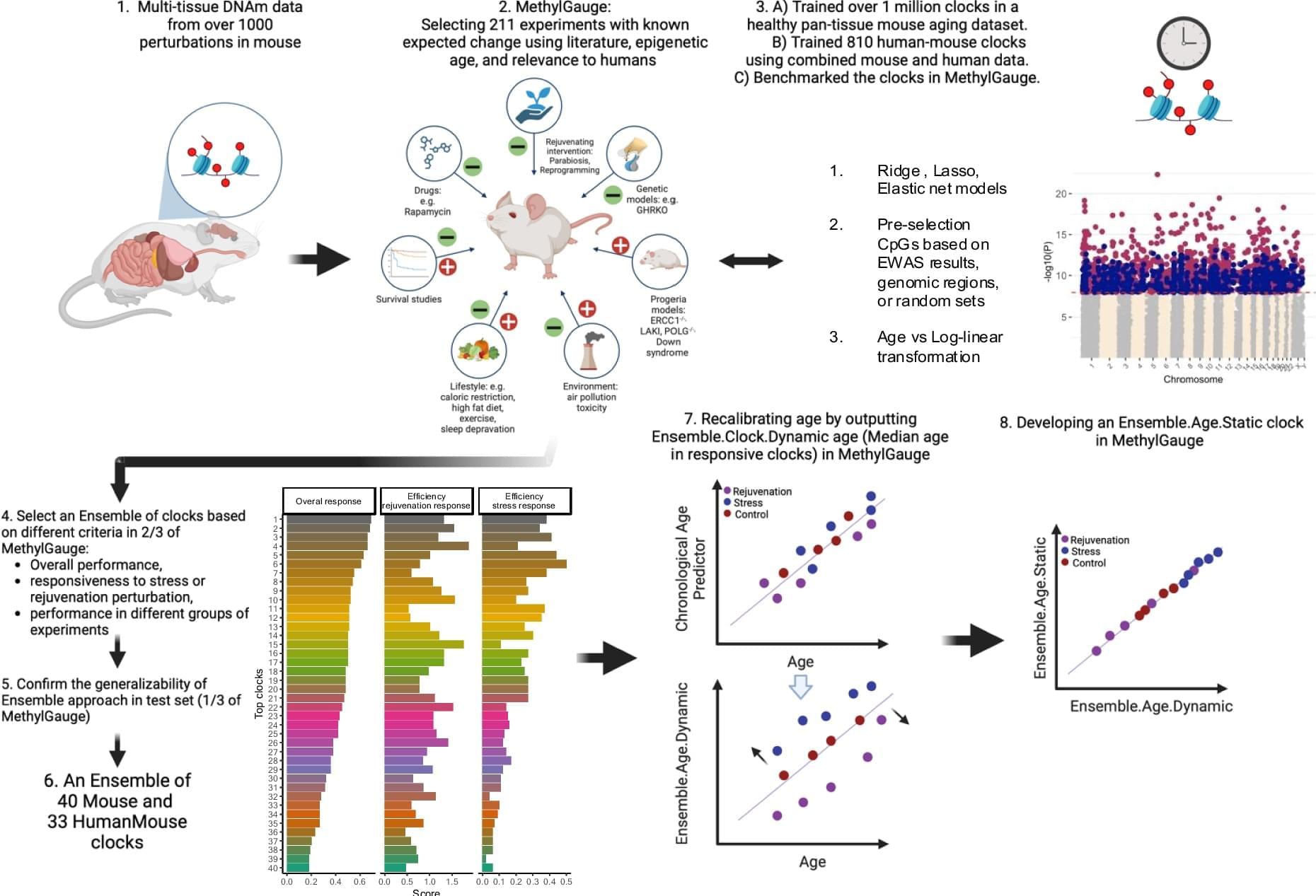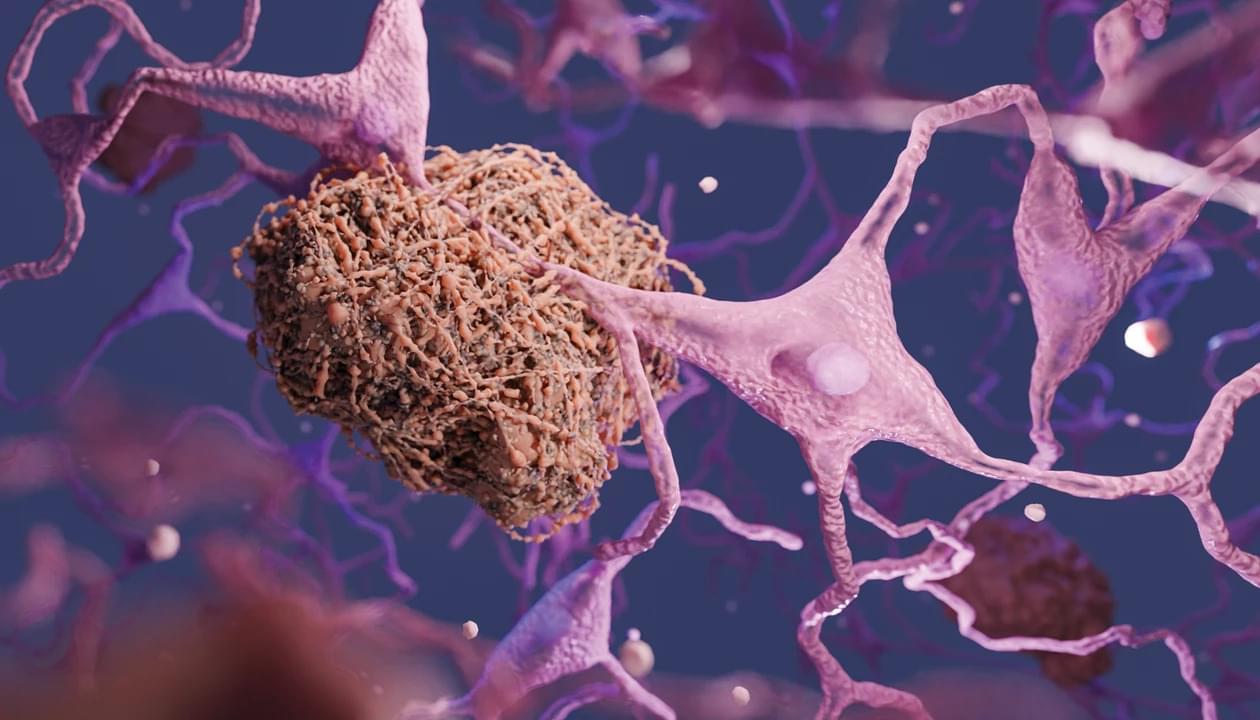Questions to inspire discussion.
🛑 Q: How does the Robo Taxi handle blocked routes? A: The Robo Taxi demonstrates impressive rerouting capabilities, finding new paths when exits are blocked and making right-hand turns to circumvent blocked left-hand turn lanes.
🚦 Q: How does the Robo Taxi adapt to traffic situations? A: It shows human-like behavior by slowing down dramatically to enter the right-hand lane when a slower vehicle is ahead, and can accelerate and speed up to overtake slower vehicles.
💧 Q: How does the Robo Taxi handle standing water? A: The Robo Taxi demonstrates adaptability by avoiding standing water in parking lots, performing three-point turns to navigate around obstacles.
🔄 Q: How flexible is the Robo Taxi in changing its driving approach? A: It shows impressive adaptability by altering its method to slow down when encountering slower vehicles and changing again to make right-hand turns around blocked left-hand turn lanes.
Technical Considerations.







